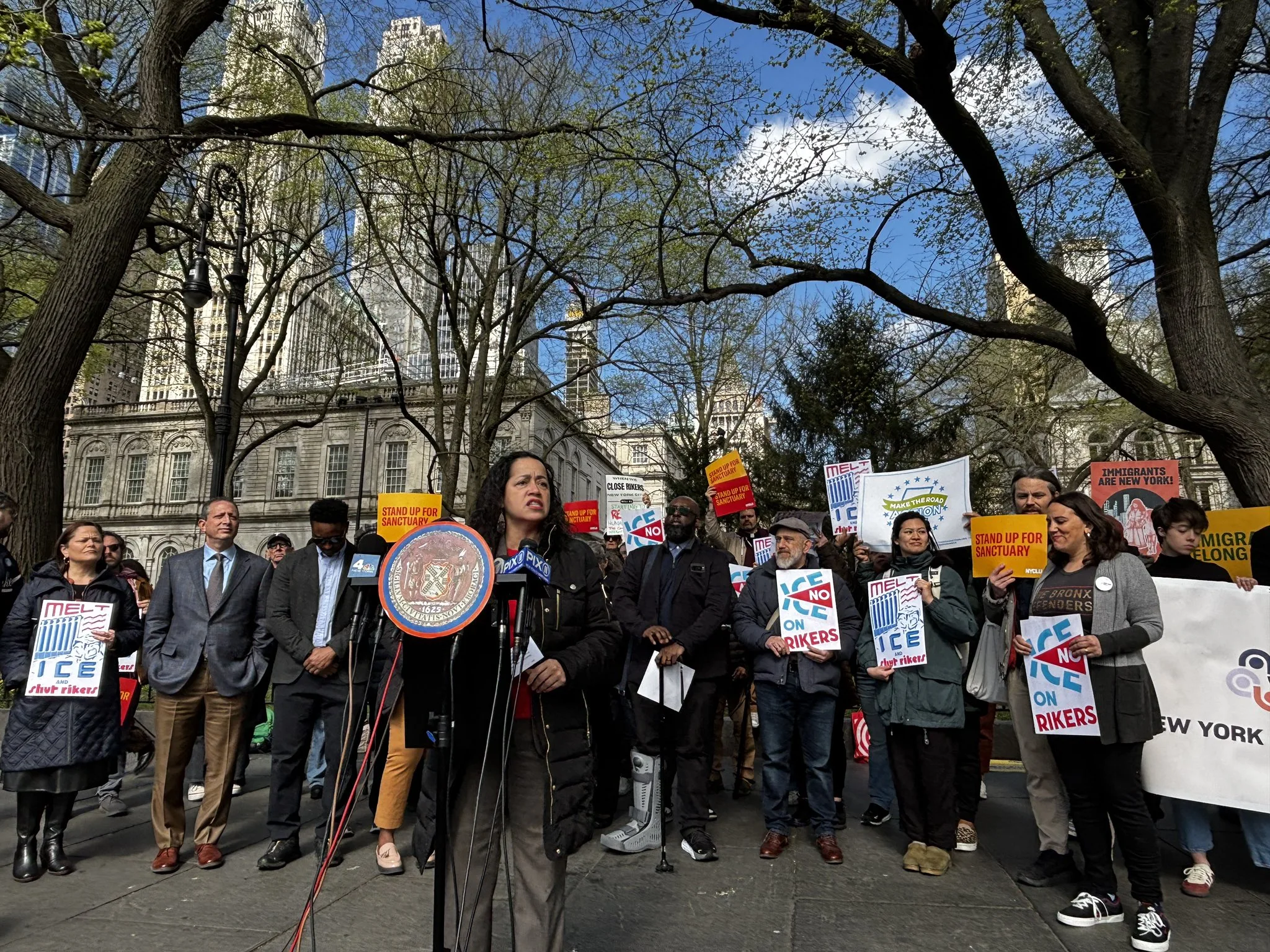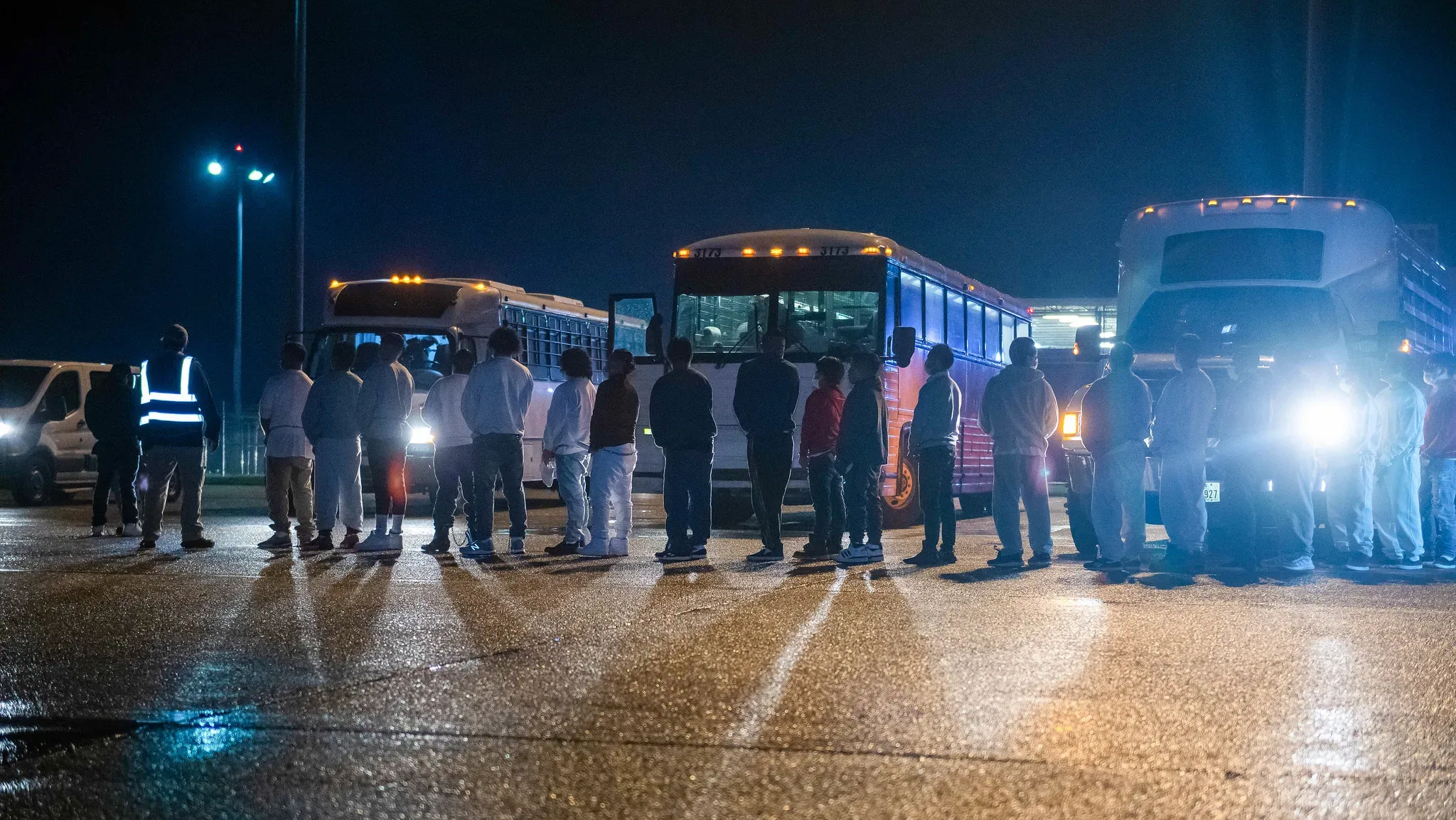The Immigration Reform and Control Act of 1986 introduced the Special Agricultural Worker (SAW) program, which provided legal status for undocumented agricultural workers. As part of the program, undocumented immigrants who “performed labor in perishable agricultural commodities for a specified period of time” were able to apply for temporary residence first and for permanent residence later. The program was aimed at protecting undocumented people already working in the fields and to prevent labor shortages.
Under of the provision of the Special Agricultural Workers Program, people who could prove they had done at least 90 days of farm work between May 1985 and May 1986 could gain legal status in the United States.
There were two groups of special agricultural workers: Group I comprised 350,000 applicants who worked 90 days per year prior to May 1, 1986; Group II comprised eligible people who applied after the 350,000 limit was reached. Both groups were automatically considered for adjustment to permanent resident status. An estimated 1.3 million people registered for the SAW program.














